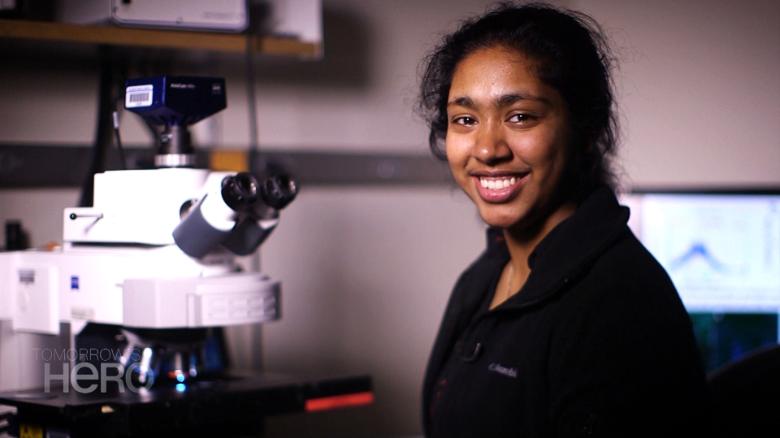
Your mind has crested by age 13. The making of new cerebrum cells in the hippocampus closes before we even achieve adulthood, as indicated by an investigation distributed Wednesday in the diary Nature.
Beforehand, researchers for the most part trusted that the human hippocampus creates new mind cells or neurons all through adulthood. There’s no accord about the quantity of neurons made in adulthood; a few specialists trust that several neurons are included every day, while others fight that not very many are made after youth.
This birth of new cerebrum cells or neurogenesis is “a captivating procedure,” said Arturo Alvarez-Buylla, senior creator of the new examination and an educator of neurological surgery at the University of California.
What would it mean?
“It requires the birth of the cell, the migration or the movement of the cell to the right place which is not an easy task in the very dense structure of the brain and then that cell has to make space to grow and connect to other cells and then contribute in a functional way to that circuit,”
he said.
For the examination, the analysts hunt down forebear cells and youthful neurons in 59 posthumous and postoperative human tissue tests taken from the hippocampus. The hippocampus, a little seahorse-molded structure somewhere inside the mind, assumes a noteworthy part in learning and recalling. Alvarez-Buylla’s exploration centers around one cerebrum district at once. The periods of the mind tissue tests went from early hatchling through adulthood.
In fetal examples that had gestated 14 weeks, the analysts saw rich surges of antecedent cells and youthful neurons moving to an as yet creating area inside the hippocampus known as the dentate gyrus, known to be vital to memory development.
Looking through extra fetal examples, the scientists found that by 22 weeks, the relocation of cells had diminished. By age 1, there were far less youthful neurons than amid the fetal stage. More established examples demonstrated even less youthful neurons. Age 13 was the most established mind tissue test containing any juvenile neurons, the analysts found. The grown-up tissue tests had none.
What does it imply that our brains don’t make new mind cells past age 13?
Alvarez-Buylla asks rather, “What might it mean on the off chance that we did make neurons in this piece of the mind?” A few people trust the procedure of neurogenesis adds to the restoration of the cerebrum, yet nobody knows whether this is the situation, he clarified.
“If the adult brain contains some stem cells that might be reactivated or rekindled,”
he wondered,
“would it really contribute in an important way to any plasticity or even some recovery from the loss of neurons as happens in some diseases?”
It might be good, he said, but it also might not.
Harnessing youth
“It is provocative because it claims that in the average human brain there are very few neurons left in other words, it’s probably not functional,”
“It is important because there are few studies that have documented how many of these young neurons are present in the hippocampus in humans.”
“a lot of interest in trying to harness these young neurons to improve cognition.”“We don’t know how many of these young neurons are important for function,”
“So even a small number of young neurons could actually have quite potent effects,” Hen said. “How many is enough to produce a function is really the question.”
“When you work with postmortem human tissue, the tissue is often of poor quality,”
“In cases of psychiatric disorders, in cases of stress, in cases of inflammation, the number of neurons decreases,”
“The jury is still out.”
“If we can understand how neural precursor cells work, we may be able to use them to replace neurons that have died,”
“In the rat brain, there is a very dense layer of cells, some of which are actively proliferating, and this is where the progenitors of the new neurons meet. This region is called the granular zone,” he said. “That structure was simply not there in humans.”